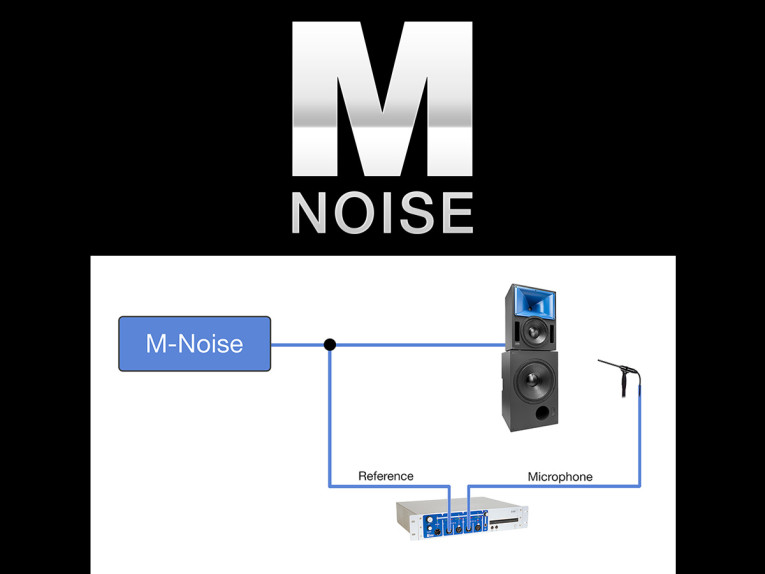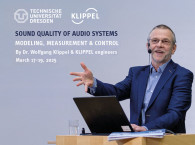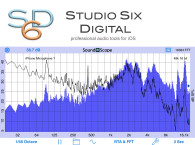The mathematical formula for generating M-Noise was derived following extensive spectral analysis of a wide variety of music program material. In particular, the analysis measured the varying crest factors in music, and how these measurements compared to pink noise (crest factor is the difference between the average and instantaneous peak levels of a signal). It was discovered that the crest factors of music and pink noise were similar at frequencies below 500 Hz, but with music exhibiting a steadily rising crest factor at higher frequencies.
"It’s vital to have an accurate and consistently repeatable way to measure the linear peak SPL of a loudspeaker when reproducing music," says Vice President and Chief Loudspeaker Designer Pablo Espinosa. "Pink noise may get you in the ballpark but you still could be off by 6 dB or more when you switch to music program. However, if you measure your maximum level using M-Noise, following our recommended procedures, you will know for certain your real-world limit for sustained, linear and full-bandwidth music reproduction. The procedure is consistent and repeatable, and it gives you full confidence that your system will have the headroom required for accurate reproduction of dynamics without compression."
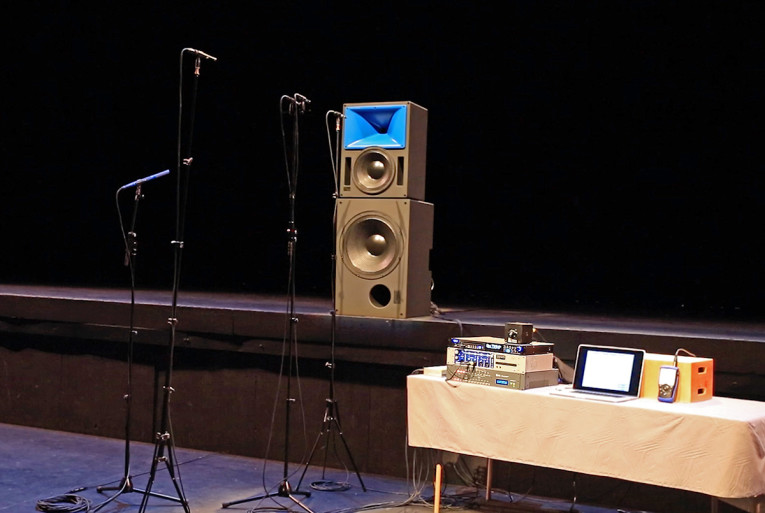
Additional information and a free download of the M-Noise file are available on Meyer Sound’s dedicated M-Noise web site, m-noise.org. File format is 96 kHz WAV with a size of 10.2 MB. Playing time is 53 seconds but playback can be looped indefinitely.
The new M-Noise site includes three informative videos. A short overview (4 minutes) summarizes the technical solution offered by M-Noise and outlines the development process. For audio professionals who want more background, "M-Noise: A New Test Signal" (8 minutes) explains the fundamental concepts behind pink noise, demonstrates the different crest factor characteristics of music and pink noise, and reviews the methodology behind deriving M-Noise. The third video, "M-Noise: Practical Use" (14 minutes) describes the measurement equipment (source player, analyzer and measurement microphone) required to effectively use M-Noise, and details the step-by-step procedure for precisely determining the linear peak SPL of a loudspeaker system. The "Real World SPL" video (6 minutes) serves as a prerequisite to watch before the two technical videos.
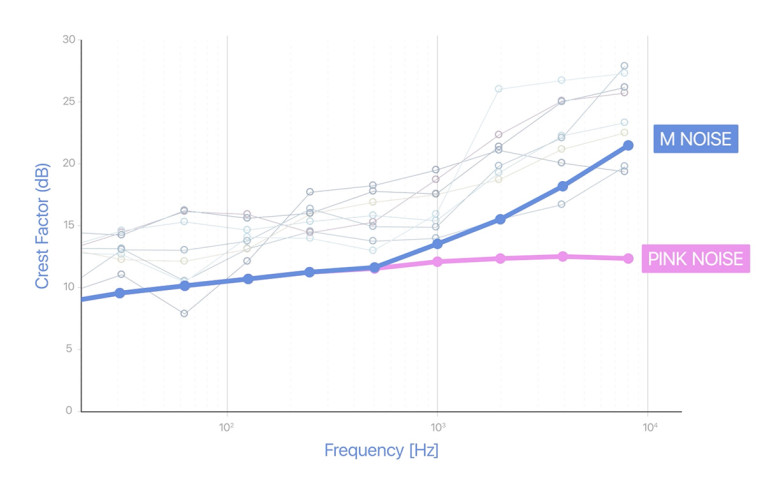
M-Noise can be used to determine the linear peak SPL of any loudspeaker system, regardless of manufacturer, size or design. However, the accuracy and consistency of results will depend on the type and quality of the test equipment (as specified in the video) and adherence to the proper measurement procedures.
M-Noise was introduced to many audio professionals as a concluding point of the Heyser Memorial Lecture by President and CEO John Meyer at the 145th AES Convention in New York last fall.
"At Meyer Sound we are constantly pursuing new ways of measuring and analyzing what we experience when we listen to music," says Meyer. "By uniquely combining the consistency and repeatability of a test signal with the real-world dynamic complexity of music, M-Noise provides audio professionals a powerful new tool for system calibration."
https://m-noise.org | www.meyersound.com



